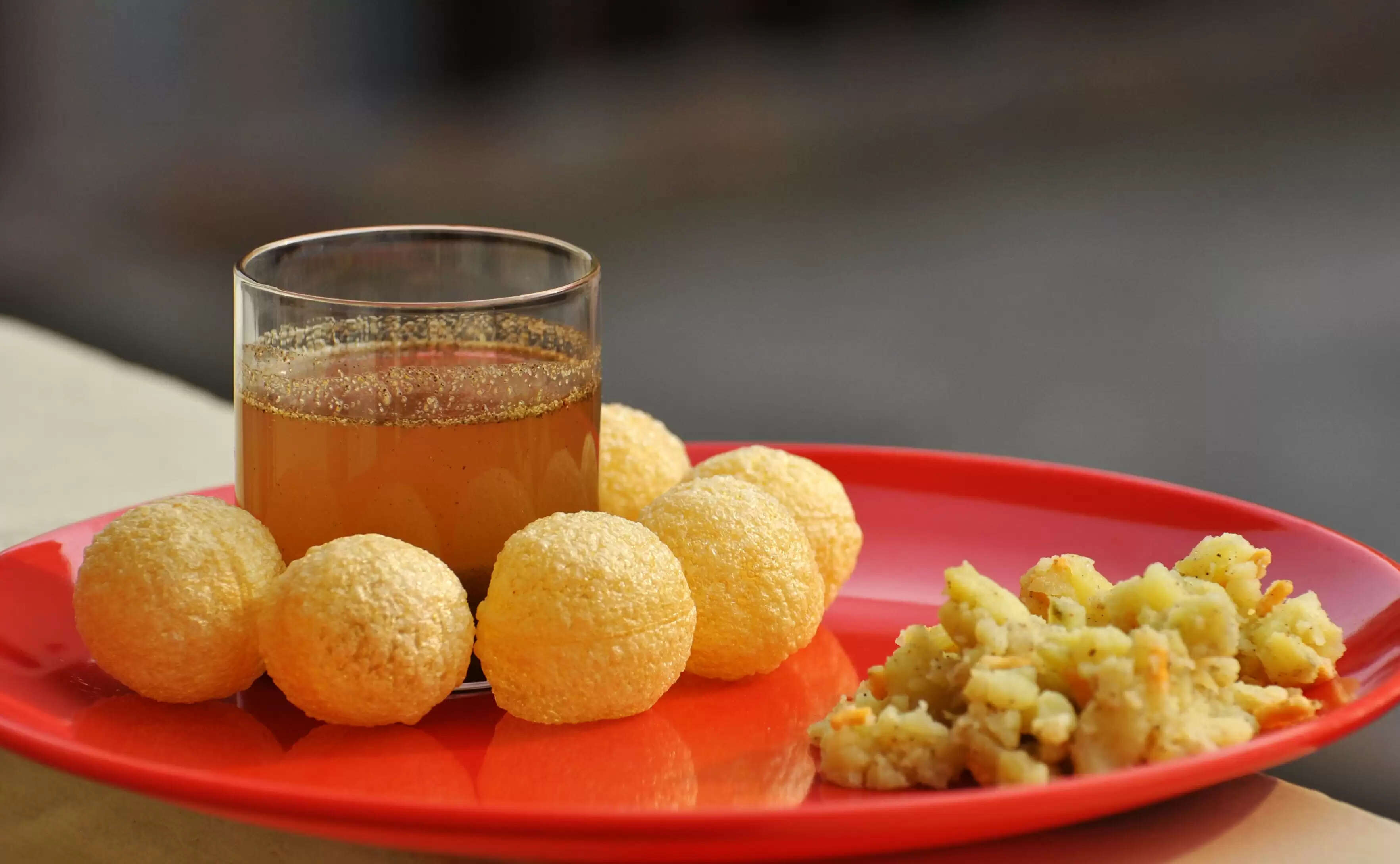The Mystical Odyssey Of The Humble Gol Gappa

The humble "Gol Gappa," also known as "Pani Puri”, "Puchka," "Pani ka Bataasha," "Pani Patashi," "Gup Chup," "Phulki," "Pakodi," and more, depending on India's geography, stands as a beloved symbol of the country's vast and delectable street food culture.
This crispy hollow ball of fried dough, filled with a spicy potato mix and complemented by tangy jal jeera and sweet chutney, carries with it countless stories and speculations about its genesis.
Each narrative, be it rooted in ancient lore or contemporary history, enriches the legacy of this cherished street delicacy.
Let's dig into the origins and legends surrounding one of the world's most beloved snacks:
Epic Beginnings:
Drawing from the revered Mahabharata, there's a tale suggesting Draupadi as the innovator of this snack. Challenged by her mother-in-law Kunti to prepare a meal with limited resources, Draupadi invented Pani Puri.
This story has also been linked to Lord Krishna's admiration for her culinary prowess, emphasizing the dish's age-old appeal.
From Magadha's Heartland:
Some historians trace the origin of Pani Puri to the ancient kingdom of Magadha, in what is now Southern Bihar. In this region, the delicacy, known as ‘Phulki,’ consisted of smaller and crispier Puris than today's versions.
Sacred Origins in Puri, Odisha:
Another layer of mystique arises from the sacred city of Puri, suggesting a connection between the beloved snack and local religious rituals.
Mughal Chronicles:
The Mughal era, celebrated for its culinary richness, adds another dimension to Pani Puri's history. Though evidence is scanty, there's speculation that the tangy water might have been inspired by refreshing beverages accompanying Mughal travelers.
Colonial Concoction:
Delving into the British colonial times, some believe the spicy water was popularized as a tasteful defense against illnesses like cholera, prompting its pairing with puris as an appetizing remedy.
Contemporary Twists:
In today's culinary scene, the traditional Pani Puri undergoes various innovations, welcoming diverse fillings, from potent vodka to luxurious chocolate.
A Symphony of Names:
This popular delicacy goes by numerous names across India, each with its own unique story. In Northern India, it's called "Gol Gappa," highlighting its round shape and the tradition of enjoying it in a single bite.
The Hindi words "Pani" and "Puri" mean "water" and "a deep-fried, puffed, hollow bread," respectively. Together, they give us "Pani Puri." In Uttar Pradesh, Madhya Pradesh & Bihar, it's termed "Phulki," which translates to "something puffed" or "little puff."
In Bengal, the name "Puchka" captures the snack's characteristic crunch.
Meanwhile, in states like Odisha, Jharkhand, and Chhattisgarh, it's known as "Gup Chup." This echoic name evokes the sound of biting into the crispy shell, followed by the burst of its flavorful fillings.
The real origins of Pani Puri, wrapped in layers of legend, fact, and lore, remain shrouded in mystery. Yet, each tale, whether grounded in reality or mythology, amplifies its legacy, transforming this simple snack into a vibrant representation of India's rich cultural fabric.
.jpg)
